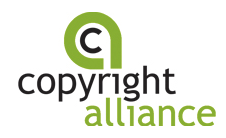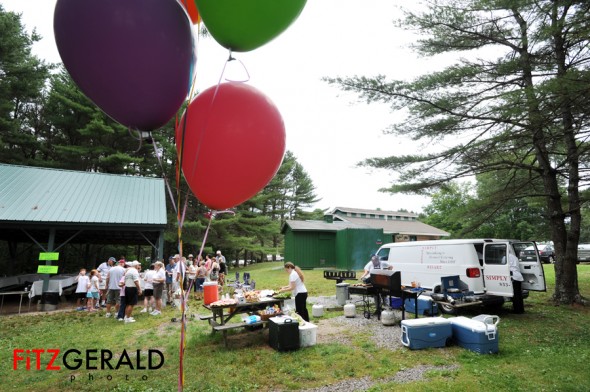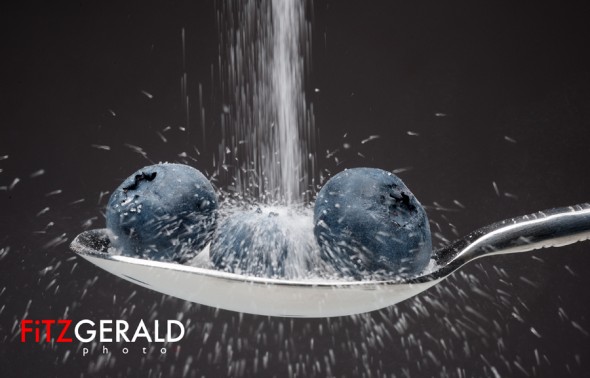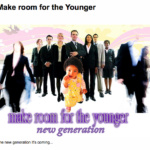I’ve gotta be one of the luckiest photographers in Maine. How do I know? Last week I was one of four photographers taking part in the Flashes of Hope shoot at Camp Sunshine in Casco, Maine. More than a worthy cause, it’s a great way to give back to some amazing people.
Kevin Brusie, a local commercial shooter, has organized the local response to what is a national effort–to provide ill children and their families with professional portraits taken at hospitals and camps across the United States. This is the third year Flashes has been in Maine, and my second year shooting. Other photographers this year were Fred Field and Jeff Stevenson.
It’s one of the most humbling and touching experiences I’ve ever had. Selfishly, though I’m giving my time and sharing my digital files for free, I feel like I’m getting far more than I’m giving.
I see the faces of the children–from very young to 18 years old–and as a group they impress me with their poise and grace. As you might expect, these kids are far older than their years would suggest.
I’m including a handful of my favorite photos from my portion of the day, which involved a total of 40 families.
















